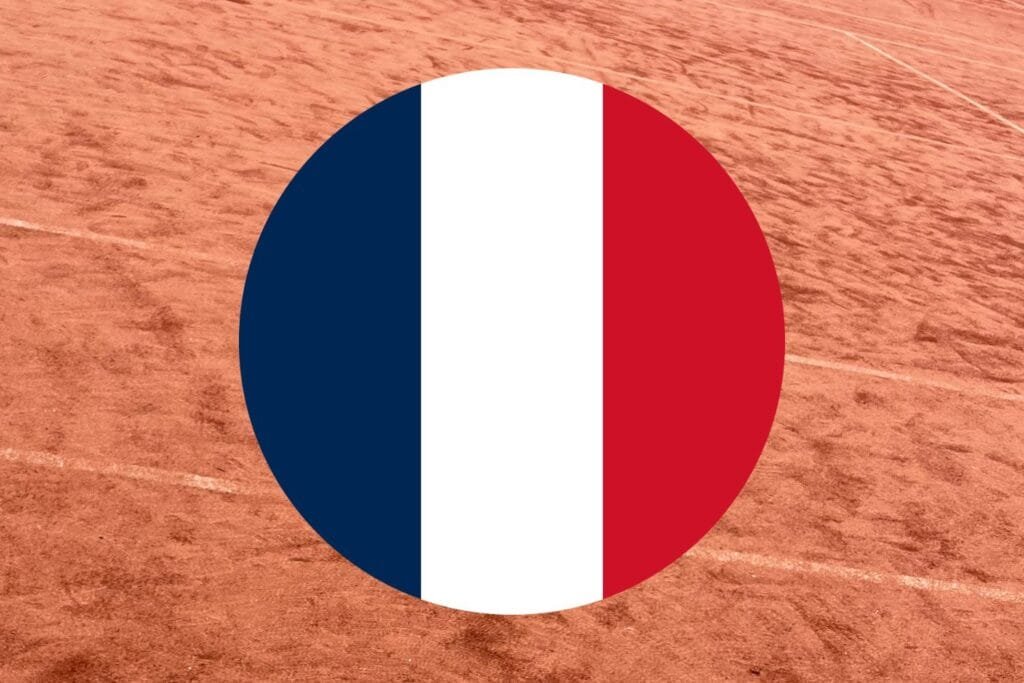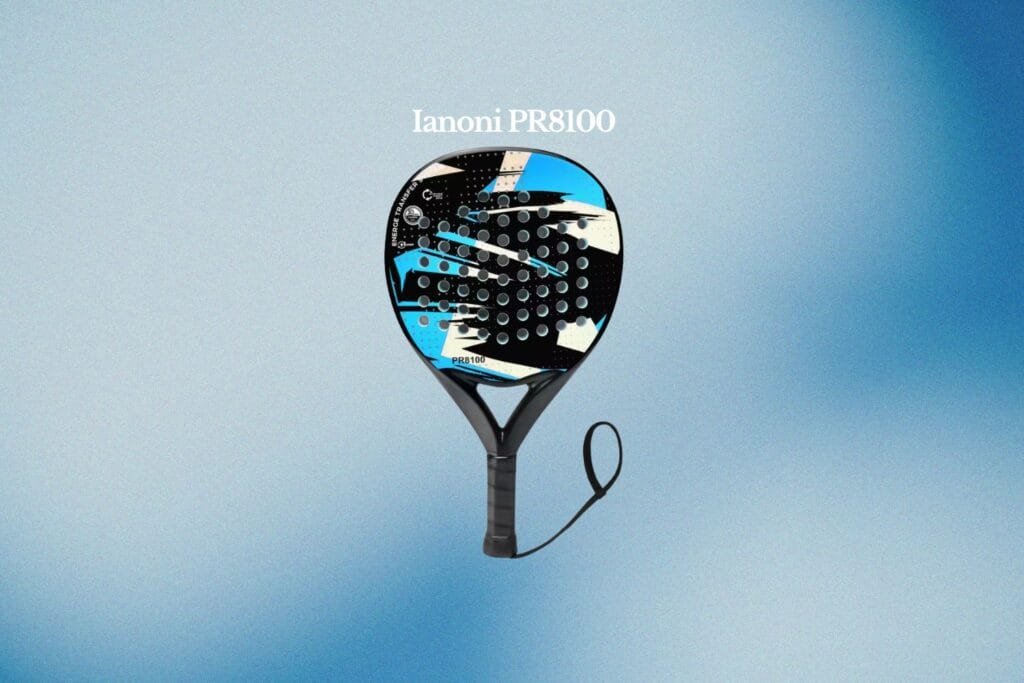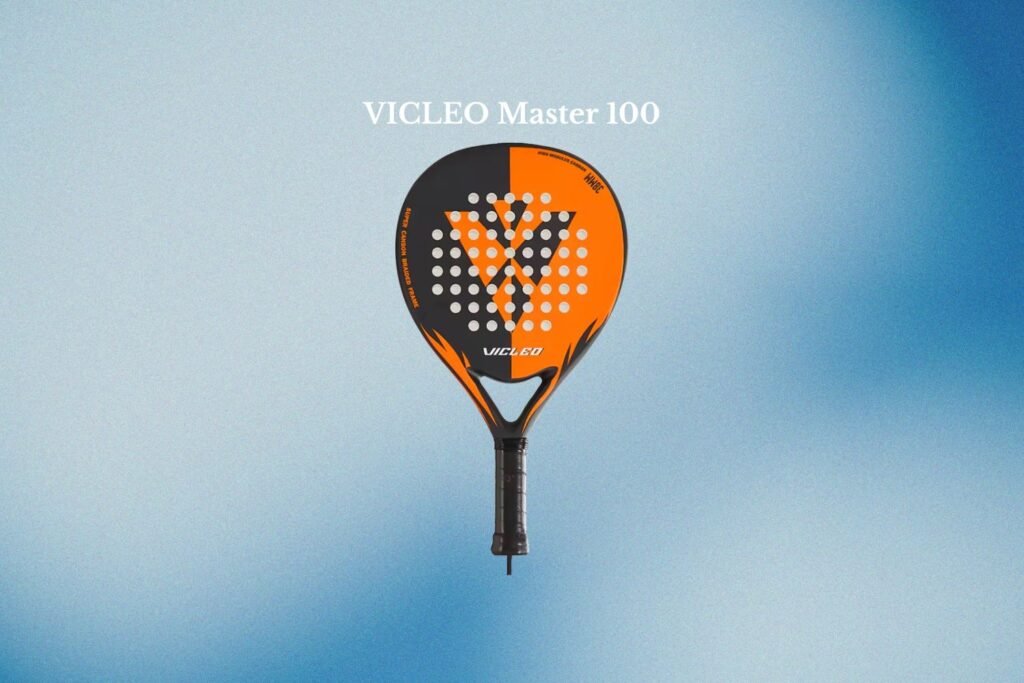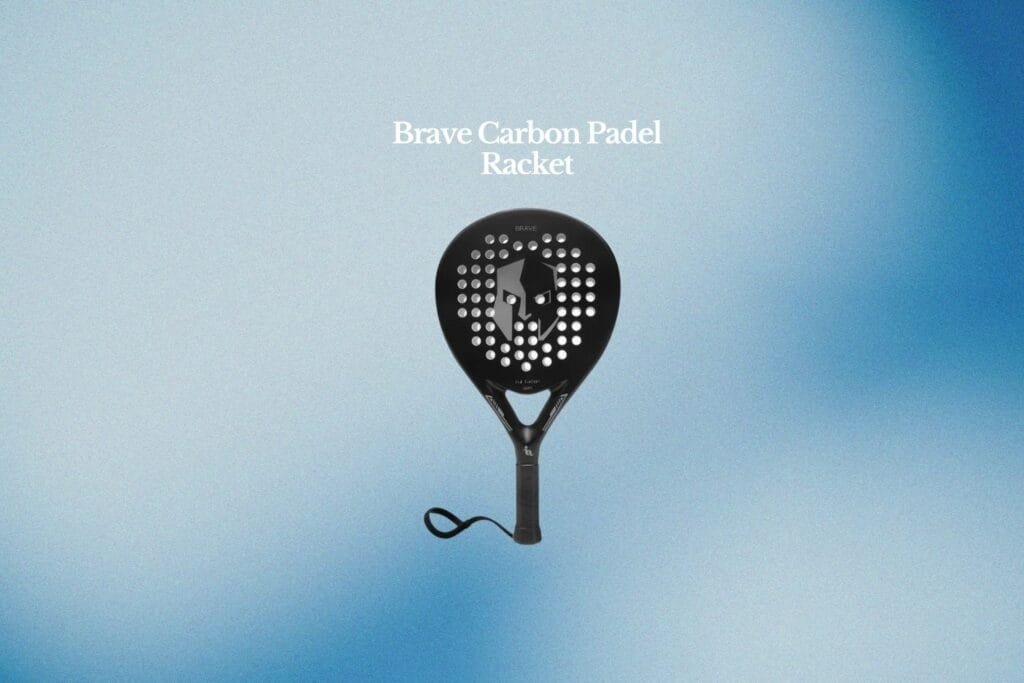
Padel, the fast-paced, social racket sport often described as a mix between tennis and squash, has been quietly but rapidly making waves across France. In recent years, this dynamic game has transformed from a niche pastime into one of the country’s fastest-growing sports. With its accessible rules, engaging style of play, and strong community focus, padel is capturing the imagination of players young and old — and the French padel scene shows no signs of slowing down.
Origins and Rising Popularity
Though padel originated in Mexico and gained immense popularity in Spain and Latin America, France has quickly become one of Europe’s leading markets for the sport. The French have always embraced racket sports, with tennis and squash firmly entrenched in the sporting landscape. Padel, however, has added a fresh and exciting dimension to this racket family, blending strategy, agility, and teamwork into a game that is as fun to watch as it is to play.
The French Tennis Federation (FFT) recognised the potential of padel early on, officially integrating it under their umbrella in 2014. Since then, the sport has received considerable organisational and promotional support, helping to boost its profile nationwide.
Explosive Growth in Facilities
A key driver behind padel’s expansion in France is the rapid growth in facilities. From just a handful of courts a decade ago, the country now boasts over 1,500 dedicated padel courts, making it one of the largest padel markets outside Spain.
New clubs and leisure centres are popping up across the country, with a particular concentration around major urban hubs such as Paris, Lyon, Marseille, and Bordeaux. The capital region, Île-de-France, is especially active, with dozens of new courts opening every year to meet growing demand.
Many traditional tennis clubs have incorporated padel courts into their facilities, often converting underused tennis courts or adding new indoor and outdoor courts. This approach not only attracts current tennis players but also introduces an entirely new audience to the sport.
Community and Club Development
France’s vibrant padel community is another key factor in the sport’s growth. Local clubs, supported by the FFT’s network of regional committees, organise regular training sessions, social play, and competitive leagues. This grassroots enthusiasm has made padel accessible to all skill levels — from complete beginners to advanced players.
The growth of padel clubs across France has created strong local hubs where players can gather, learn, and compete. The social nature of the sport — doubles play on a small, enclosed court — fosters camaraderie and inclusivity, making it particularly popular with families and groups of friends.
Competitive Scene and National Recognition
On the competitive front, padel is steadily gaining recognition in France. The FFT’s involvement means that national tournaments, league systems, and ranking structures are in place, allowing players to compete at various levels and aspire to reach elite standards.
France now regularly hosts international padel events, including stops on the World Padel Tour, which helps to inspire local players and bring international attention to the country’s padel scene. The French Padel Open, held annually, attracts top global talent and serves as a major showcase for the sport.
Media and Sponsorship Boost
The rise of padel in France is also reflected in its increasing media presence. Major sports networks and online platforms have begun broadcasting tournaments, and there’s growing coverage in sports magazines and newspapers. This visibility is key to attracting new players and commercial sponsors.
Sponsorship deals with sports brands and local businesses are on the rise, fuelling the sport’s development and helping clubs upgrade their facilities. Equipment sales for padel rackets, balls, and apparel have also seen strong growth, signalling a vibrant and expanding market.
Padel and French Culture
Padel’s popularity in France is boosted by its compatibility with the country’s sporting culture, which values social, recreational, and family-oriented activities. The sport’s blend of fitness, fun, and teamwork resonates well with French players, many of whom appreciate the sport’s less intimidating learning curve compared to tennis.
Moreover, padel courts are increasingly found in community centres and public parks, making the sport more accessible to a wider demographic. This helps break down barriers to participation and promotes healthy, active lifestyles.
Looking to the Future
The outlook for padel in France is extremely positive. The FFT continues to invest in the sport, aiming to double the number of courts and players within the next few years. There is a concerted effort to expand youth programmes and integrate padel into school sports curricula, ensuring a steady pipeline of new players.
Urban development plans are also increasingly considering padel courts as desirable amenities, reflecting the sport’s growing popularity among city dwellers.
Conclusion
From a modest beginning, padel in France has grown into a national sporting phenomenon. Supported by strong infrastructure growth, an engaged community, and increasing competitive opportunities, the sport is carving out a vibrant place in French life.
Whether you are a seasoned tennis player looking for a fresh challenge, a family seeking a fun activity, or a newcomer eager to try a fast-paced racket sport, padel in France offers something truly special. The game’s expansion looks set to continue apace, making it one of the most exciting developments in the country’s sporting scene today.




